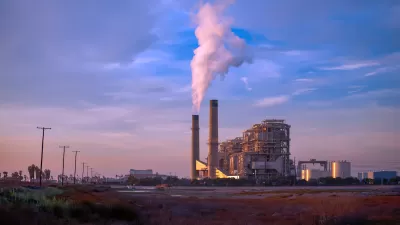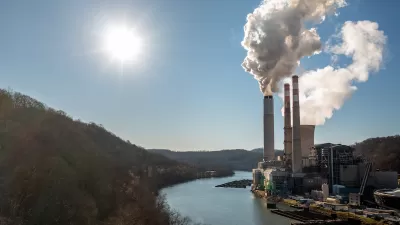More than a century after it was first introduced, Sarah Laskow examines the many advantages of using, and reusing, energy in cogeneration power plants, a technology whose time has come.
While cogeneration is not a new technology (Thomas Edison first used it commercially in 1882), institutions across the country, including New York University's Stern School of Business, are increasingly recognizing the benefits of such systems to reliability, sustainability, and their bottom line.
According to Laskow, "The Department of Energy called cogeneration 'one of the most promising options in the US energy efficiency portfolio' and estimated that if these plants accounted for 20 percent of the country's electricity capacity, they would keep as much carbon dioxide out of the atmosphere as taking 154 million cars off the road would."
Laskow points out that industrial production, such as paper, chemical, and petroleum refining plants, have also recognized the value in cogeneration. "Across the country, cogeneration plants already produce more than 81,000 MW of power, almost doubled the amount of wind power capacity installed."
FULL STORY: Why Universities Are Building Superefficient Power Plants

Alabama: Trump Terminates Settlements for Black Communities Harmed By Raw Sewage
Trump deemed the landmark civil rights agreement “illegal DEI and environmental justice policy.”

Planetizen Federal Action Tracker
A weekly monitor of how Trump’s orders and actions are impacting planners and planning in America.

The 120 Year Old Tiny Home Villages That Sheltered San Francisco’s Earthquake Refugees
More than a century ago, San Francisco mobilized to house thousands of residents displaced by the 1906 earthquake. Could their strategy offer a model for the present?

Indy Neighborhood Group Builds Temporary Multi-Use Path
Community members, aided in part by funding from the city, repurposed a vehicle lane to create a protected bike and pedestrian path for the summer season.

Congestion Pricing Drops Holland Tunnel Delays by 65 Percent
New York City’s contentious tolling program has yielded improved traffic and roughly $100 million in revenue for the MTA.

In Both Crashes and Crime, Public Transportation is Far Safer than Driving
Contrary to popular assumptions, public transportation has far lower crash and crime rates than automobile travel. For safer communities, improve and encourage transit travel.
Urban Design for Planners 1: Software Tools
This six-course series explores essential urban design concepts using open source software and equips planners with the tools they need to participate fully in the urban design process.
Planning for Universal Design
Learn the tools for implementing Universal Design in planning regulations.
Clanton & Associates, Inc.
Jessamine County Fiscal Court
Institute for Housing and Urban Development Studies (IHS)
City of Grandview
Harvard GSD Executive Education
Toledo-Lucas County Plan Commissions
Salt Lake City
NYU Wagner Graduate School of Public Service





























